As a dentist, one of the most common questions I receive from patients is about the best toothbrush to use for maintaining better oral health. Knowing which is best for you can be hard with so many options available. From manual to electric, soft bristles to hard, there are plenty of choices to consider. You can avoid problems like tooth decay, bleeding gums, and bad breath by following proper oral hygiene methods like brushing twice a day, flossing, and regular dental visits.
In this article, we’ll explore the different types of toothbrushes to help you make an informed decision. Whether you want to improve your flossing routine or to whiten your teeth, choosing the right toothbrush is the first step to a healthier mouth.
Parts Of Toothbrush
The toothbrush is a dental instrument used to clean the teeth, gums, and tongue. It plays a crucial role in maintaining good oral hygiene. The parts of a Toothbrush include
- Handle: A handle is the long part of the toothbrush we hold onto while brushing. It provides a secure grip during brushing.
- Head: The part of the toothbrush where the bristles are located is called the head. It comes in various sizes and shapes for different needs. In some types, the toothbrush head is replaceable.
- Bristles: The fibers that are present on the head of a toothbrush. They come into direct contact with the teeth and gums. They vary in softness, length, and pattern.
- Neck: The part that connects the head and handle of a toothbrush. It may be straight or angled for better reachability in the mouth.
Different Types Of Toothbrushes Available
There are different types of toothbrushes present. Selecting a type that suits us is important for maintaining good dental hygiene.
1. Manual Toothbrushes
This is the most commonly used toothbrush in a household. It comes in various head sizes and bristle textures (soft, medium, hard). The user has to apply pressure and move the brush in different areas of the mouth. Its efficiency depends on the technique of brushing.
Types of Bristles in Manual Brush:-
Soft: This is the type mostly recommended by dentists. It is smooth on the gums and doesn’t cause teeth abrasion. It is the best option for people with gum diseases.
Medium: The bristles are stiffer than soft bristles. It is best for people with stains on teeth. It is recommended for people with healthy teeth and gums for better plaque removal.
Hard: The bristles are much stiffer than medium bristles. It is generally not recommended as it causes abrasive effects. It is very harsh on the gums and can cause receding.
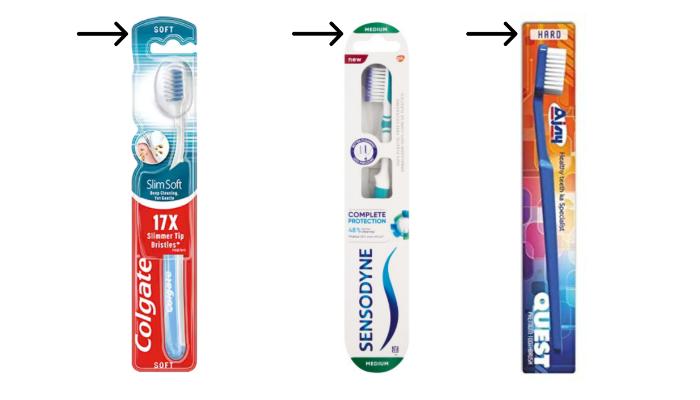
2. Electric Toothbrushes
They are automated brushing tools powered by batteries or rechargeable systems. These brushes move the bristles in oscillating, rotating, or vibrating patterns. Studies have shown that electric toothbrushes are more effective than manual toothbrushes in plaque removal. They are the best option for older individuals and people with special needs.
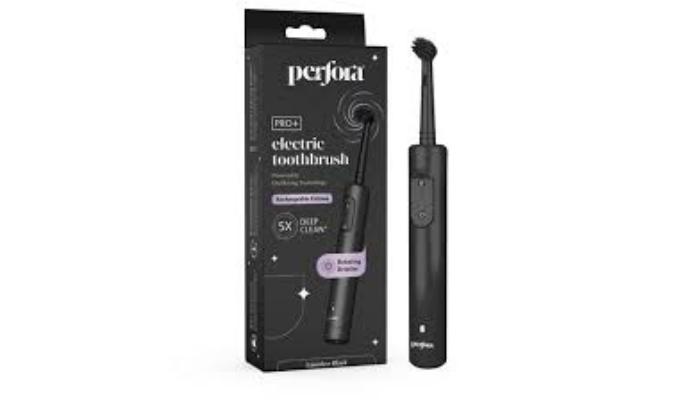
3. Sonic Toothbrushes
They are a subtype of electric toothbrushes. They use rapid vibrations at sonic speeds to clean teeth and gums. These vibrations help fluid penetrate deep between the teeth and along the gum line.
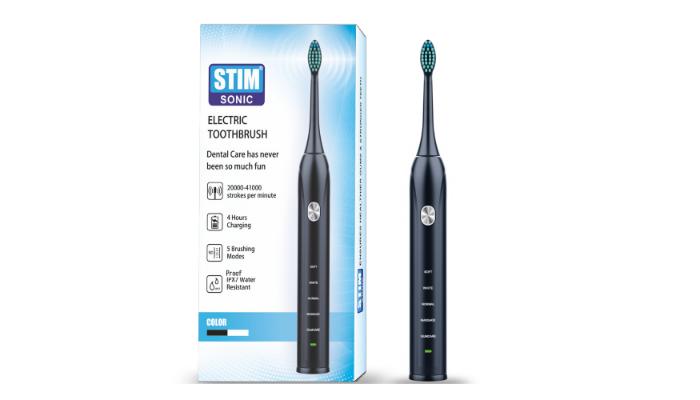
4. Ultrasonic Toothbrushes
Ultrasonic toothbrushes use ultrasonic waves to break down plaque and bacteria. They can clean below the gum line and between teeth. But compared to other electric toothbrushes, they are more expensive.
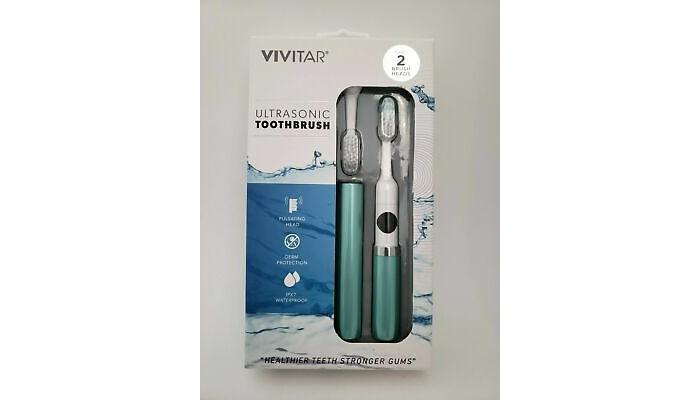
5. Interdental Toothbrushes
Interdental toothbrushes clean the gaps between the teeth( Interdental= Between the teeth). They are used in individuals with braces, implants, or wider gaps between the teeth. They clean the areas which are usually missed by regular toothbrushes.
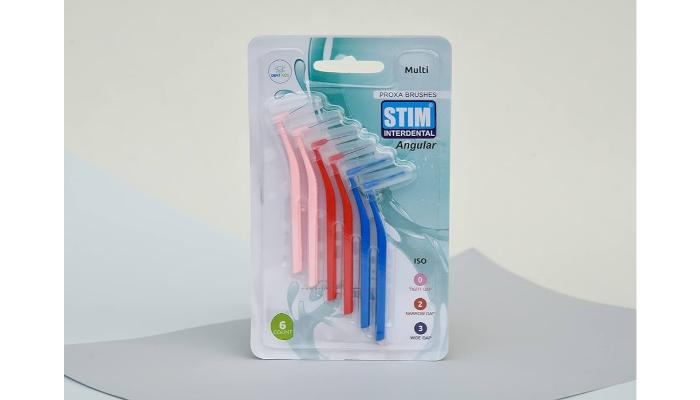
6. Sulca Toothbrushes
A sulca brush is a type of toothbrush designed to clean the sulcus, the groove between the tooth and the gum. It has a small, tapered head and soft bristles that allow it to reach into the sulcus and remove plaque and bacteria. It is used in people with periodontal disease to help reduce inflammation and prevent further damage.
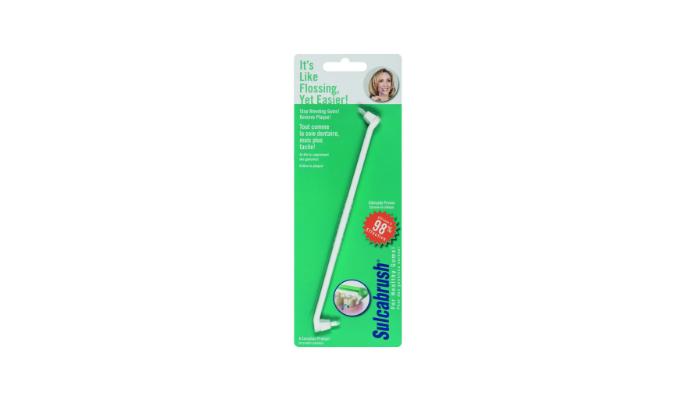
7. End-tufted toothbrushes
An end-tufted toothbrush is a single-tufted toothbrush. It has a small, rounded, or sometimes tapered head with a single tuft of bristles. It is a specialized tool designed for targeted cleaning in hard-to-reach areas of the mouth, such as around orthodontic appliances and the wisdom teeth area.
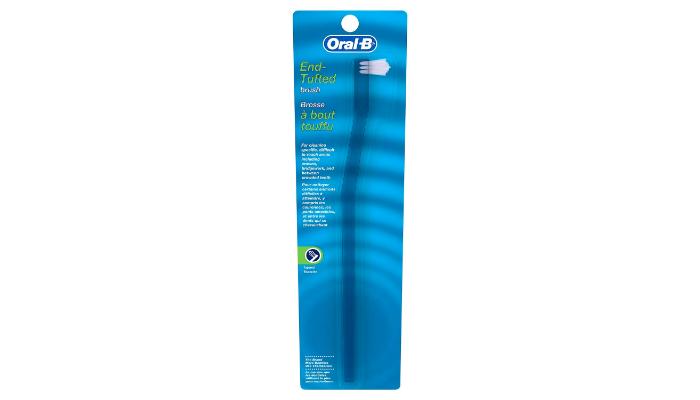
8. Orthodontic Toothbrushes
Orthodontic toothbrushes are specially designed for individuals with orthodontic appliances. The bristles in this brush are arranged to clean around the wires, brackets, and other orthodontic components without damaging them. The head is smaller and v-shaped, and the bristles are angled, usually softer and shorter than regular toothbrushes.
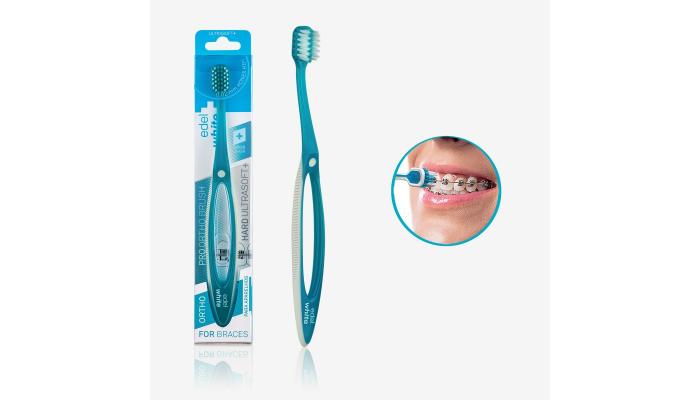
9. Eco-Friendly Toothbrushes
These toothbrushes are designed to minimize environmental impact while still providing effective cleaning. The handles of these brushes are made from bamboo sticks or recycled plastic; the bristles are made from plant-based materials.
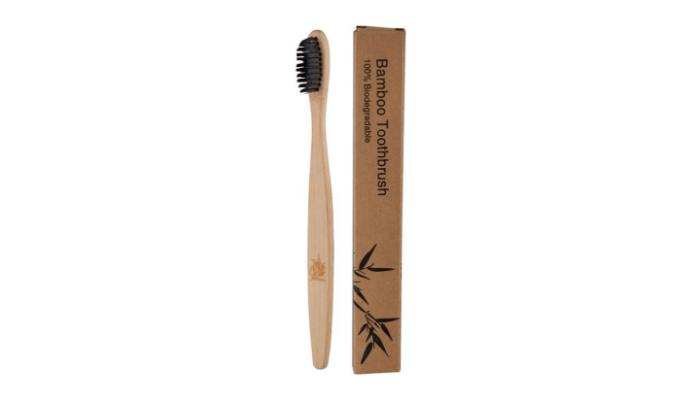
10. Chewable Toothbrushes
They offer a quick and disposable option for cleaning teeth without water and toothpaste. They are small, bite-sized brushes placed in the mouth and are chewed. They are especially used at the time of traveling.
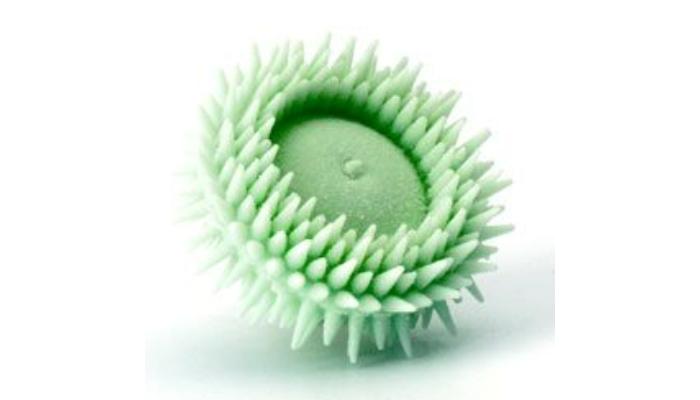
Choosing the Right Toothbrush for Different Age Groups
Infants (0-3 Years)
Before the first tooth appears, parents can clean the infant’s gums with a soft, damp cloth.
Finger Toothbrush: The safest option for babies before teeth erupt. They gently massage gums and clean away milk residue.
Infant Toothbrushes: Once the first tooth emerges, use a soft-bristled infant toothbrush with a small head that fits in the mouth.
Toddlers (3-5 Years)
Toddler’s Toothbrushes: As children grow, toothbrushes with small heads, slightly larger than infants, and soft bristles are suitable for their small mouths and delicate gums. Look for toothbrushes with character designs or themes and choose handles they can hold comfortably.
Children (6-12 Years)
Children’s Toothbrushes: These are specially designed with soft bristles, and colorful, character designs, appealing designs to encourage brushing. The handles are long for easy grip by smaller hands, and the head size is appropriate for a child’s mouth.
Teenagers (13-19 Years)
Standard or Electric Toothbrushes: Teenagers can use adult-sized toothbrushes. They can use standard or electric brushes, depending on their preference. Soft or medium bristles are suitable for most.
Adults (20-64 Years)
Standard or Electric Toothbrushes: Adults can choose between manual and electric brushes based on personal preference, cost, and effectiveness. Soft to medium bristles are recommended to prevent damage to gingiva and enamel.
Seniors (65+ Years)
Easy to hold Toothbrushes: Toothbrushes with larger handles are better for seniors. Soft bristles are advised to protect against gingival recession and enamel wear, which is common in older individuals.
Electric Toothbrushes: They are easier to use in older individuals as pressure is unnecessary and can be cleaned effectively.
Special considerations
Adaptive Toothbrushes: Individuals with specific needs, such as those with disabilities, might require adaptive toothbrushes with modified handles for easier grip and control.
Conclusion:- “Transform Your Routine with the Perfect Toothbrush”
In conclusion, selecting the right toothbrush is crucial for maintaining good oral hygiene. Various toothbrush options are available, each offering unique features for different needs and preferences. Whether you choose a manual or electric toothbrush, the most crucial factor is to brush your teeth effectively. Remember to clean your teeth gently yet thoroughly, reaching all surfaces and paying attention to the gumline. Regularly replacing your toothbrush or brush head ensures optimal cleaning performance. You can contribute to a healthier smile and overall dental health by following proper brushing techniques and consistency. Consistent adherence to preventive measures can potentially minimize the need for expensive procedures like root canal treatment or tooth extraction and subsequent replacement.

